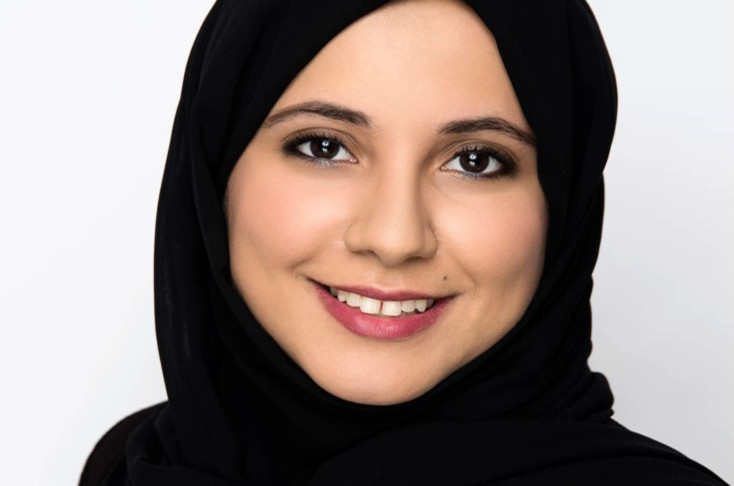
Dubai: Rogaiyah Hamidaddin, Speech and Language therapist at The LightHouse said that according to research, “motherese,”, also known as baby-talk or infant-directed speech (IDS), is a linguistically simplified and acoustically exaggerated speech that adults universally use when speaking to infants.
Compared with adult-directed speech (ADS), IDS is shorter, simpler, repetitive, and includes isolated words and phrases, frequent use of proper names and a large number of questions, experts said. IDS also has longer pauses, a slower tempo, more variable inflection, and a higher pitch. Many parents also include made-up words such as “nana” for milk, said Hamidaddin.
What are the reasons mothers, and even other adults, indulge in baby talk with infants?
Research published indicates that mothers are genetically prewired to consciously modify their gestures and vocalisations when engaging and interacting with their infants. Over time, mothers learned that these changes in vocalisation encouraged their little ones to calm down, attend, behave, and better understand/link words to their meanings.
Do all cultures indulge in baby talk?
The majority of cultures and languages do engage in motherese. Motherese is even evident in American Sign Language (ASL) between deaf mothers and their deaf children. However, it varies in feature between cultures in subtle ways depending on the distinctive features of the language and how it is acquired. For example, people of the Kiche Mayan lean towards whispering to their babies instead of using the exaggerated, high pitched vocalisations. Other research describes two cultures (the Kaluli of Papua, New Guinea, and the Samoans) in which motherese is not used.
What are the emotional benefits of baby talk for infant-parent bonding?
The interaction between mother and child at an early age is an important contributor to the child’s emotional and cognitive development. Motherese contributes initially to infant emotional regulation, then to socialization, and finally to the acquisition of speech. Unfortunately, there is currently a lack of studies addressing the affective and emotional effects of motherese (for example, the immediate effects on infants’ expressions, later effects on infants’ attachment). The majority of the studies address the more behavioural concept of “infants’ preference” for motherese and the effect on language acquisition.
Is baby talk more of a mother thing?
Fathers do use many features of “motherese” when interacting with their children. They tend to modify vocabulary, volume, and length of utterances; but not so much rate and pitch. The more adult-directed speech used by fathers is in fact beneficial! It serves as a bridge to the type of speech the babies will hear in public, according to experts.
Do babies respond more easily to motherese than to regular form of speaking?
Babies do prefer to listen to this exaggerated type of speech than typical adult-like speech: They pay more attention when a parent’s speech has a higher pitch and more variable inflection and intonation compared to adult-like speech with less exaggerations.
For example, a mother might say the word ‘baby’ in an exaggerated ‘singsong’ voice, which holds an infant’s attention longer than it would in a monotonal adult-style voice. This exaggeration in intonation and inflection makes words stand out from the speech stream; making it easier for babies to process language.
Research also suggests that IDS may function to communicate affect, regulate infants’ arousal and attention, and facilitate speech perception and language comprehension.
Some parents consciously avoid baby talk with their infants because they believe they are stalling their child’s cognitive, linguistic growth.
It is a common misconception that motherese can delay a child’s acquisition of language. However, there is a substantial amount of research that supports the benefits of infant-directed speech.
Motherese helps babies break up the sounds of a language into unique words. It helps them learn distinct words, semantics, rhyming and sounds. In fact, it allows for babies to learn the sounds of their native language easier and faster.
Research suggests that Motherese provides babies with a boost in early language learning that is evident as the babies grow-up. The more IDS the parents used, the more the babies babbled, and moreover the more vocabulary they knew at age 2. Also, infant brains are prompted to practice early sound production and model speech-related mouth movements when listening to motherese.
How long should parents baby talk to their children?
In my opinion, parents should slowly reduce the amount of motherese and model more appropriate grammar and vocabulary starting at the age of 18 months. Parents can continue using more exaggerated inflection and intonation to keep their attention, but avoid using telegraphic speech (i.e. when grammar is omitted from sentences) and made-up words which can hinder a child’s language development; especially if she/he have a language delay.









